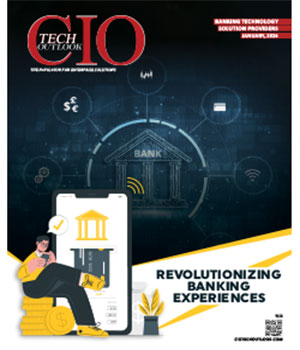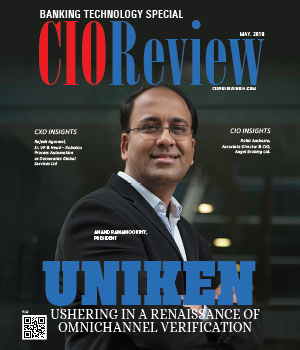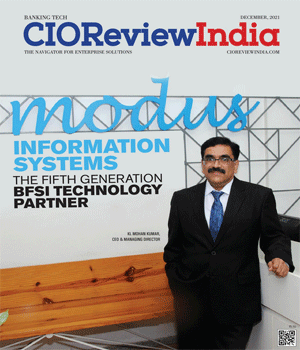
Gartner Says Digital Banking Demands New Technologies-and New Vendors
CIOReview Team | Monday, 23 May 2016, 10:57 IST
 Banks face intense pressure to increase efficiencies and reduce costs while delivering next-generation digital services; however, incumbent application vendors have been slow to respond to new requirements, according to a new report from Gartner, Inc.
Banks face intense pressure to increase efficiencies and reduce costs while delivering next-generation digital services; however, incumbent application vendors have been slow to respond to new requirements, according to a new report from Gartner, Inc.
Gartner predicts that by the end of 2019, 25 percent of retail banks will use startup providers to replace legacy online and mobile banking systems.
New vendors are emerging to meet both customer and bank needs for channel integration and dynamic customer experiences that make banking easier to accomplish on the devices customers want to use. These vendors challenge the traditional often incumbent vendors of traditional online and mobile banking and core banking solutions.
"Startups and emerging providers of digital banking platforms offer banks interesting opportunities for innovation," said Stessa Cohen, research director at Gartner. "However, CIOs must prepare to manage the challenges of evaluating and selecting new vendors that may not have proven track records in the financial services vertical or may simply be new and untried without an extensive customer base. It can be difficult for CIOs to justify investment in their solutions to their boards and regulatory agencies, but don't use that as a reason to exclude new vendors."
Gartner advises bank CIOs to work with business leaders and other key stakeholders to assess the bank's comfort with, and ability to manage, the risks associated with using new providers, especially financial technology startups.
Legacy Vendors Slow to React
One of the most important reasons the market for digital banking solutions has opened up is that most legacy vendors that offer bank channel applications for both consumer and business customers have been slow to react to new customer requirements and demands of digital banking.
Incumbent vendors often do not support open architectures that decouple the presentation of services from the services and transactions themselves and, crucially, enable the bank to bring new and existing processes together to offer innovative digital services.
As a result of both customer and bank IT and business requirements, new vendors have emerged with digital banking capabilities that enable bank business and IT staff to offer apps and applications that support personalized, customer-centric banking experiences, data and behavioral analysis, location and context sensitivity and creation of a partnership ecosystem to create new services leveraging partner data, transactions and processes.
"This is why many banks developing digital banking strategies to meet customer demands have sought out new providers to replace their existing online and mobile banking solutions with digital banking platforms," said Ms. Cohen.
Open Unified Digital Banking Platforms
Open unified digital banking solutions make it possible to deliver new digital products and services, and create a multidimensional customer experience across all devices and channels. They enables the bank to develop and deliver services for use by both bank staff and customers, via any device or channel.
Digital banking platforms may include a broad range of capabilities including financial management, payments, marketing, loyalty, analytics and customer communication management.
Gartner views open unified digital banking platforms as an emerging technology, even though some of the solutions on the market, including some from niche banking system vendors, have been available for several years.
The market for digital banking platforms is highly fragmented. Vendors include:
- Incumbent bank niche vendors
- Mobile or online banking solution vendors
- Horizontal digital platform and customer experience vendors
- Horizontal portal vendors
- System integrators
- Emerging digital banking vendors
- Startup digital banking vendors
According to Gartner, bank CIOs should be prepared for extensive, potentially disruptive changes in this market, including merger-and-acquisition activity, heightened competition and new entrants from other geographic regions.
CIO Viewpoint
Machine Learning In Cybersecurity: The Risks &...
By Neelesh Kripalani, Chief Technology Officer, Clover Infotech
5 Major Saas Trends To Check-Out In 2021
By Vikas Bhonsle, CEO, Crayon Software Experts India
Artificial Intelligence & The Disruptive Chatbot
By Vishal Sinha, President & CIO, Tranzlease Holdings
CXO Insights
Crafting the Digital Journey in Banking
By Janifha Evangeline
Incorporating Blockchain Capabilities into...




.jpg)
.jpg)





